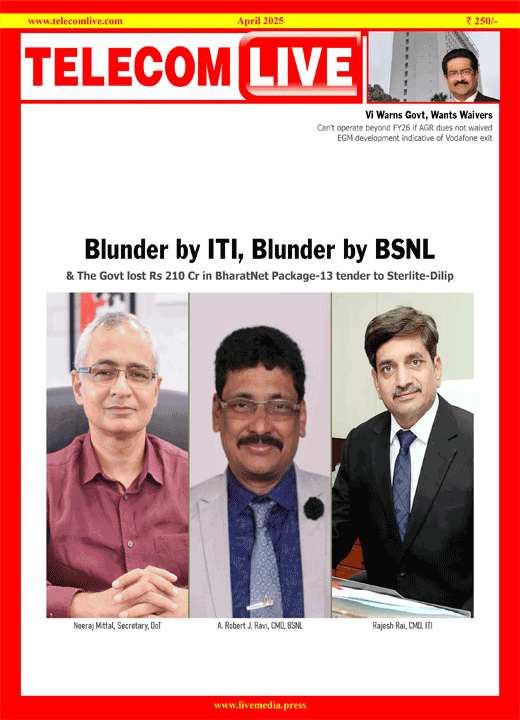E-commerce market to hit $325 billion by 2030, rural India to lead growth
India’s e-commerce landscape is poised for a monumental gain by 2030, a report by investment promotion and facilitation agency Invest India has claimed. Forecasting a substantial surge to $325 billion by 2030, the report added that the nation’s digital economy is expected to reach an impressive $800 billion by the same time.
Currently valued at $70 billion, India’s online shopping makes up approximately 7 per cent of the country’s total retail market, therefore presenting a huge opportunity for growth. In the coming years, several factors, like high internet penetration, low-cost internet services, and substantial increase in rural smartphone users, are expected to propel the sector towards a promising future.
With a staggering 881 million users, India boasts the world’s second-largest internet user base, positioning itself to emerge as the third-largest online retail market by 2030, driven by the rapid expansion of its digital economy, the report said.
Affordable internet boosting online shopping
The report said that India will be the leader of the online shopping revolution, with an estimated 500 million shoppers by 2030. Invest India highlighted the country’s increasing internet penetration, with an expected 87 per cent of Indian households gaining internet access by 2025, particularly emphasising robust mobile internet usage due to low pricing.
Affordability plays a pivotal role in India’s internet penetration, with one gigabyte of data priced at approximately $0.17 (Rs 13.5), which gives incentive to a substantial number of the population to opt for online activities, the report noted. The surge in mobile data traffic from 2018 to 2023 underscores the increasing reliance on digital platforms for diverse needs, it said.
By 2026, it is projected that over 1.18 billion people in the country, representing over 80 per cent of India’s population, will have access to smartphones. This surge in smartphone users, coupled with higher average data consumption per user, will bolster the digital economy. The Unified Payments Interface (UPI) has emerged as a significant player in digital transactions, facilitating transactions worth $1.5 trillion in 2022.
Rising number of smartphone users
Furthermore, the report delved into other important drivers of the e-commerce boom, including the rising number of smartphone users, the dominance of the Unified Payments Interface (UPI) in digital transactions, and the increasing availability of content in local languages.
The proliferation of local language and mobile-first content is notable, with approximately 73 per cent of India’s internet users engaging in Indian languages. Consequently, an estimated regional language user base of 540 million is established, fostering a market valued at $53 billion.
Rural India main driver behind e-commerce growth
Invest India underscores the growing prominence of rural-centric e-commerce, anticipating a significant portion of demand to originate from tier 2-4 towns and rural areas by 2026. This trend receives further reinforcement from government initiatives and the emergence of quick commerce.
In the fiscal year 2022-23, Government e-marketplace (GeM) achieved its highest-ever Gross Merchandise Value of $2011 billion, as indicated by Invest India’s data. The anticipated expansion of online shoppers in India is substantial, with a compound annual growth rate (CAGR) of 22 per cent to 88 million in rural India and 15 per cent to 263 million in urban India from 2019 to 2026.
A notable transition towards rural-centric value e-commerce is evident, with over 60 per cent of demand expected from tier 2-4 towns and rural India by 2026. Government initiatives such as the National Logistics Policy aim to streamline deliveries to remote areas, enhancing logistical efficiency and cost-effectiveness.
Zomato, Swiggy to gain substantial market share
The quick commerce market within India’s hyperlocal mobility sector is forecasted to experience exponential growth, reaching a market size of USD 5.5 billion by 2025. Leading companies like Swiggy and Zomato spearhead this market, while startups like Zepto also gain substantial market share.
The e-commerce sector witnesses significant mergers and acquisitions, with companies like Zomato and PhonePe strategically positioning themselves for growth. Government schemes such as Jan Dhan Yojana, BharatNet Project, and the implementation of Goods & Service Tax (GST) play instrumental roles in shaping India’s digital economy, the report said.



